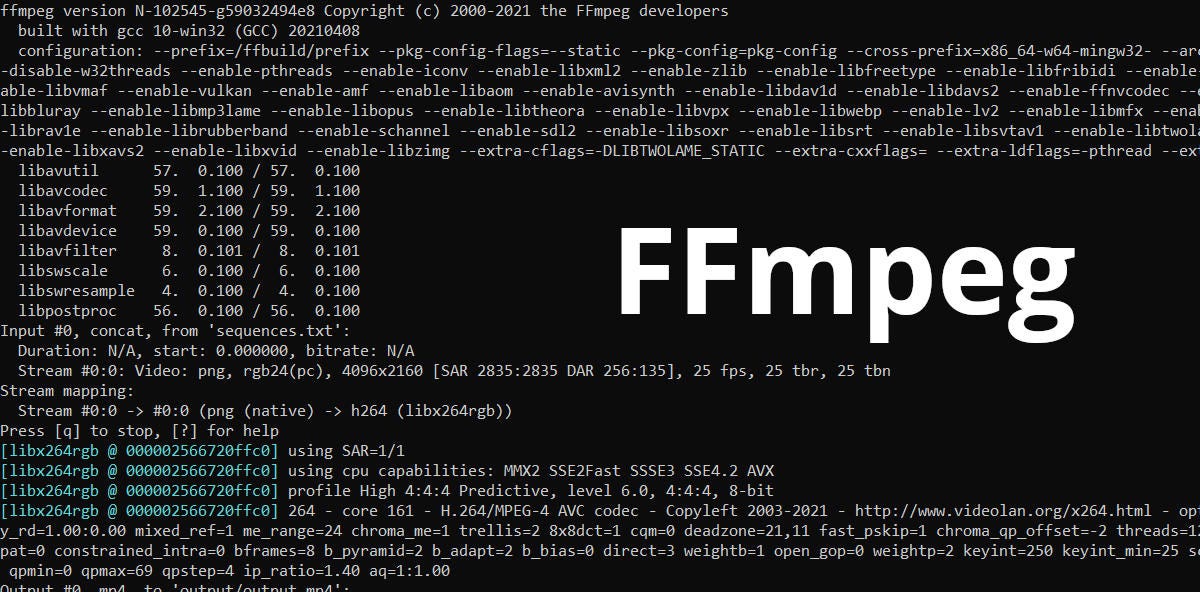JavaScript Typed Arrays: Uint8Array, Uint16Array, and Uint32Array
JavaScript’s Typed Arrays are crucial for high-performance web development, especially when dealing with raw binary data. Unlike standard JavaScript arrays, Typed Arrays provide efficient mechanisms for handling large datasets like images, audio, and network streams. This guide dives into three fundamental Typed Arrays: Uint8Array, Uint16Array, and Uint32Array, explaining their differences and demonstrating how to use them effectively in real-world scenarios.
Understanding Typed Arrays
Typed Arrays offer a structured way to interact with an underlying ArrayBuffer, a fixed-length container of raw binary data. They provide “views” into this buffer, interpreting the binary data according to a specific type (e.g., 8-bit, 16-bit, or 32-bit unsigned integers). Because Typed Arrays store elements of a single data type, operations are faster and more memory-efficient than standard JavaScript arrays.
Key Differences: Uint8Array, Uint16Array, and Uint32Array
These three Typed Arrays differ primarily in the size of the unsigned integers they store and the memory they occupy:
| Type | Element Size | Value Range | Typical Use Case |
|---|---|---|---|
| Uint8Array | 1 byte (8 bits) | 0 to 255 | Pixel data, raw byte streams, image processing |
| Uint16Array | 2 bytes (16 bits) | 0 to 65,535 | Unicode character codes, audio buffers |
| Uint32Array | 4 bytes (32 bits) | 0 to 4,294,967,295 | Large counters, file offsets, cryptography |
Creating and Manipulating Typed Arrays
Typed Arrays can be instantiated in various ways, including creating a new buffer, using an existing array, or referencing an ArrayBuffer.
Initialization Examples
// 1. Creating a Uint8Array of a specific length (all elements initialized to 0)
const buffer8 = new Uint8Array(8);
console.log(buffer8); // Uint8Array(8) [0, 0, 0, 0, 0, 0, 0, 0]
// 2. Initializing a Uint16Array from a standard array
const initialData = [1000, 2000, 3000];
const buffer16 = new Uint16Array(initialData);
console.log(buffer16); // Uint16Array(3) [1000, 2000, 3000]
// 3. Creating a Uint32Array view over an existing ArrayBuffer
const rawBuffer = new ArrayBuffer(16); // 16 bytes of memory
const view32 = new Uint32Array(rawBuffer); // Creates a view of 4 elements (16 bytes / 4 bytes per element)
view32[0] = 4294967295;
console.log(view32[0]); // 4294967295
Important Considerations: Data Views and Endianness
While Typed Arrays are excellent for homogenous data, JavaScript also offers DataView for accessing and manipulating different data types within the same ArrayBuffer at specific byte offsets.
Additionally, when working with multi-byte arrays like Uint16Array and Uint32Array, endianness (byte order) is crucial. Typed Arrays typically reflect the system’s native byte order, but DataView allows you to specify endianness (big-endian or little-endian) explicitly.
Real-World Typed Array Examples
Typed Arrays are essential for performance-intensive applications. Here are practical examples of how Uint8Array, Uint16Array, and Uint32Array are used.
1. Image and Canvas Manipulation (Uint8Array)
Uint8Array is fundamental for working with image data, specifically the ImageData object in the HTML Canvas API, where pixel values are represented as 8-bit unsigned integers (0-255).
// Example: Inverting colors in a Uint8Array representing image data
function invertImage(imageDataUint8Array) {
for (let i = 0; i < imageDataUint8Array.length; i += 4) {
// Invert R, G, and B values (A remains unchanged)
imageDataUint8Array[i] = 255 - imageDataUint8Array[i]; // Red
imageDataUint8Array[i + 1] = 255 - imageDataUint8Array[i + 1]; // Green
imageDataUint8Array[i + 2] = 255 - imageDataUint8Array[i + 2]; // Blue
}
}
// Assume 'context.getImageData()' returns a Uint8ClampedArray
// (which is a Uint8Array that clamps values between 0-255)
// const imageData = context.getImageData(0, 0, width, height);
// invertImage(imageData.data);
// context.putImageData(imageData, 0, 0);
2. Audio Processing with Web Audio API (Uint16Array and Float32Array)
While audio buffers often use Float32Array, Uint16Array can be used for specific audio formats (like 16-bit PCM).
// Example: Converting raw 16-bit audio data (Uint16Array) to standard JavaScript array for processing
function processAudioData(uint16Array) {
const audioContext = new AudioContext();
const audioBuffer = audioContext.createBuffer(1, uint16Array.length, 44100);
const channelData = audioBuffer.getChannelData(0);
// Normalize and copy data from Uint16Array to Float32Array (standard for Web Audio)
for (let i = 0; i < uint16Array.length; i++) {
// Convert 16-bit unsigned integer (0-65535) to normalized floating-point (-1.0 to 1.0)
channelData[i] = (uint16Array[i] / 32768) - 1;
}
return audioBuffer;
}
3. Efficient Data Transfer via WebSockets (Uint8Array)
When transferring large amounts of binary data, such as a file or a serialized object, using Uint8Array with WebSockets is highly efficient.
// Example: Sending a Uint8Array over a WebSocket connection
const socket = new WebSocket("ws://example.com/binary-stream");
socket.binaryType = 'arraybuffer';
function sendBinaryMessage(data) {
// Convert a string to Uint8Array before sending
const encoder = new TextEncoder();
const encodedData = encoder.encode(data);
socket.send(encodedData.buffer); // Send the underlying ArrayBuffer
}
socket.onmessage = (event) => {
// Receive ArrayBuffer and create a Uint8Array view to process
if (event.data instanceof ArrayBuffer) {
const receivedData = new Uint8Array(event.data);
console.log("Received binary data:", receivedData);
const decoder = new TextDecoder();
const text = decoder.decode(receivedData);
console.log("Decoded text:", text);
}
};
sendBinaryMessage("Hello, Typed Arrays!");
4. Working with Large Datasets and Cryptography (Uint32Array)
Uint32Array is often used in cryptographic operations and handling large integers or offsets, which require 32 bits of storage.
// Example: Implementing a simple XOR operation on a 32-bit buffer (e.g., in a cryptographic context)
const dataBuffer = new Uint32Array([0x01234567, 0x89ABCDEF, 0xFEDCBA98]);
const key = 0x1A2B3C4D;
for (let i = 0; i < dataBuffer.length; i++) {
dataBuffer[i] = dataBuffer[i] ^ key; // XOR operation
}
console.log(dataBuffer); // The array now contains the encrypted/processed 32-bit data
Conclusion
Choosing the appropriate Typed Array—Uint8Array, Uint16Array, or Uint32Array—is essential for optimizing performance and memory usage when working with binary data in JavaScript. By understanding their specific characteristics and applying them in real-world scenarios like image manipulation, audio processing, and efficient data transfer, you can significantly enhance the capabilities and speed of your web applications.
Remember, always select the smallest possible Typed Array type for your data to minimize memory footprint.
Are there specific binary data operations you’re working on where Typed Arrays could optimize performance?
Latest blog posts
Explore the world of programming and cybersecurity through our curated collection of blog posts. From cutting-edge coding trends to the latest cyber threats and defense strategies, we've got you covered.



